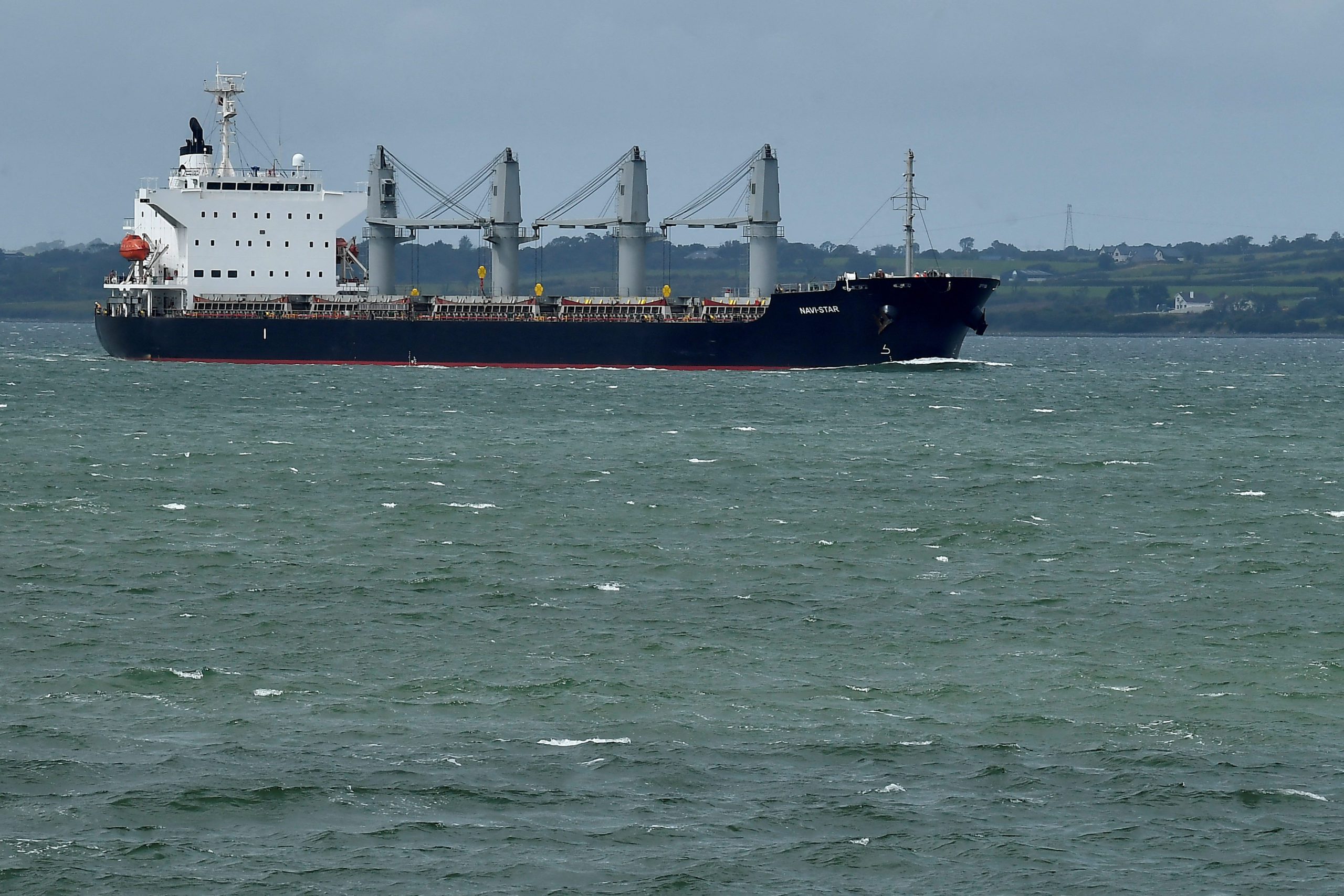The Panama Canal Authority (ACP) is closely monitoring the development of climatic events that could impact water availability in the region and shipping through the critical waterway.
Experts anticipate the imminent arrival of the El Niño phenomenon that may trigger an early start of the rainy season in 2024, intensifying the ongoing water shortage in the Panama Canal watershed that has already forced the ACP to lower the maximum draft of vessels transiting the waterway’s expanded Neopanamax locks.
The Fed’s Inflation Fight Faces A New Challenge: A Dry Panama Canal
As a preventative measure, the ACP has implemented a series of water-saving strategies aimed at restoring Gatun Lake levels to ensure sufficient water supply for both the human population and smooth ship transits along the interoceanic route. However, the officials acknowledge that these measures may not be able to fully mitigate the economic impact of the water shortage.
“The shortage of fresh water is real and something we’ve been warning about for many years,” said Ricaurte Vásquez Morales, Administrator of the Panama Canal Authority. He pointed to the recent intensification of drought periods, with the last severe drought in the region occurring in 2019 – 2020.
Vásquez Morales notes that drought cycles that used to be repeated once every five years now seem to be occur every three years.
Panama Canal Draft Restrictions Could Halt Coastal Shift
Recent data indicates that the past decade has been marked by extensive dry periods, including the second and fifth driest years in the past 72 years. The month of May 2023 was the driest since 1950, a situation made worse by the operation of the Neopanamax locks.
“In the panamax locks we have been making cross locks, that is, combining water from one side of one lock to the other,” explained Vásquez Morales. “In addition, we have scheduled the transits so that we can reuse to the greatest extent the same availability of water within each of the chambers to transit more ships. As for the neopanamax locks, we are reviewing the direction of transit and the timing of the north and south ships to make maximum use of water.”
Since 2020, the Panama Canal Authority has also been focusing on its water program, aiming to identify and develop long-term solutions to the water problem. However, should the drought conditions deteriorate further, the Panama Canal Authority may need to limit the number of daily transits.
“Currently we transit between 35 and 36 ships per day; we would have to go down to 32 and 28 transits per day,” said Vásquez Morales.
While Canal traffic has not been fully impacted yet, there has already been a noted decrease in the number of ships arriving via the Panama Canal. Vásquez Morales explains that the decrease in transits coincides with the time of year when historically fewer vessels arrive. Further analyses are underway to determine whether this is a seasonal trend or indicative of a shift in shipping trade routes.
“The situation we are experiencing should alert us to the urgency it represents for the country, the Panama Canal and for all Panamanians the discussion about how the climate impact affects, particularly, the availability of water to supply the population and meet the needs of the different economic sectors of the country,” the Panama Canal Authority said in a statement.

 Join The Club
Join The Club











